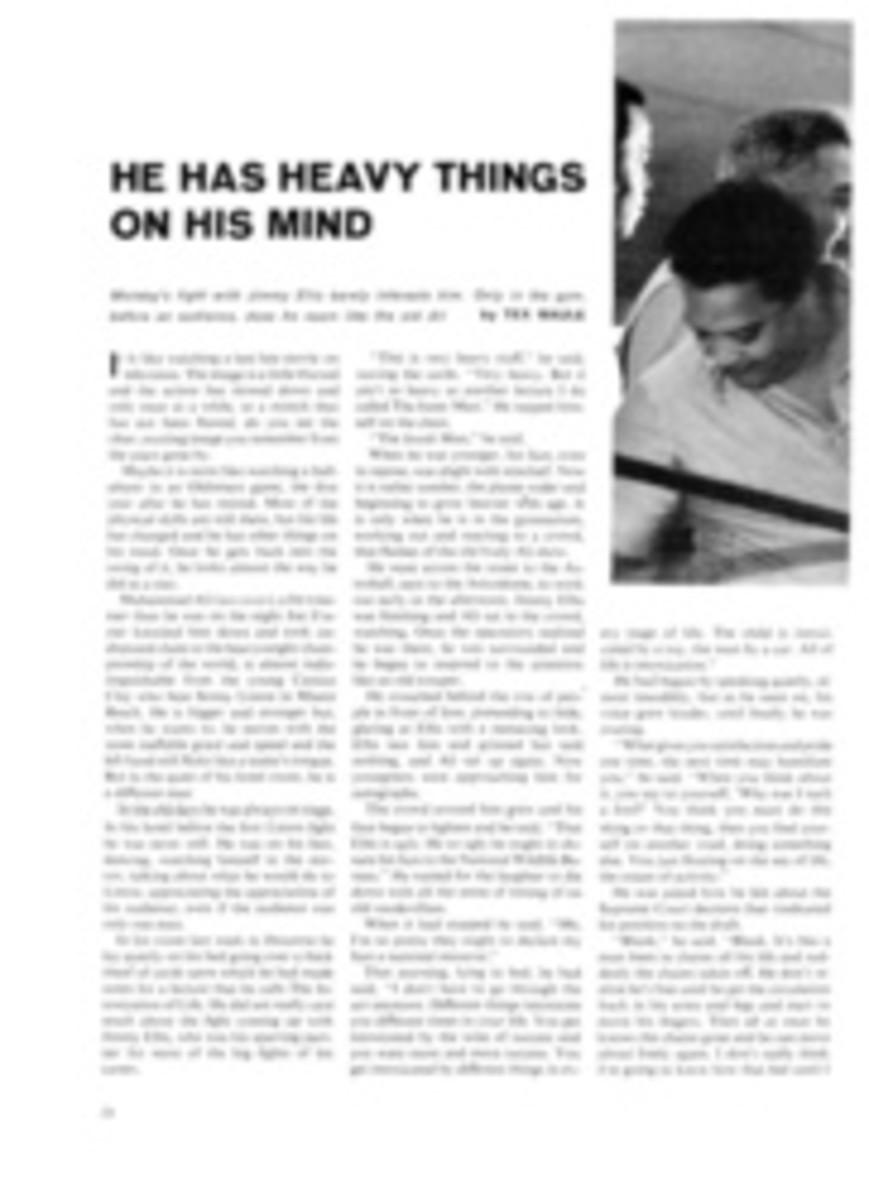
To save your life in the cold, simply invest 23¢—or you can just pay the $2
The surge of neophytes into the wilderness—one national forest logged two million visitors last year vs. 400,000 only a decade ago—has created corresponding problems of exposure and accident among the invaders. Now an organization called the Mountain Rescue Association, aware that people place too much faith in automation, is trying to make the wilderness safe for Americans, if not vice versa.
The head of safety education for the MRA, Eugene H. Fear, a 51-year-old Tacoma motor-freight driver, travels hundreds of miles a month in his spare time to lead seminars and field studies in survival practices. He and his wife Florence have turned their home into a kind of laboratory for the development of mountain-rescue gear, visual teaching aids and safety-education cartoons, motion pictures and literature.
At the core of their operation is a simple and inexpensive device the Fears call a "storm kit" (the MRA feels the word "survival" puts too ominous a face on the situation), which they sell for $2 plus postage. If that modest sum seems out of line, the Fears will gladly show you how to put together your own kit for around 23¢.
The Fears' approach recognizes a basic fact of survival: the first six hours are the most important in a wilderness crisis. Decisions made during this period usually determine life or death. Man's mortal enemy at such times is a condition known as hypothermia—loss of the body's inner heat.
Typical of what can happen when hypothermia takes over occurred in 1969 at Olympic National Park in Washington State, when three campers were caught in a sudden storm. The only one who survived was the man who had the presence of mind and the strength to climb into his sleeping bag when he recognized hypothermia coming on. His companions froze to death. Within 24 hours the storm had blown away.
Fear's 23¢ storm kit, providing all the means to survive in such conditions, is easy to assemble. "Start with a shiny, waterproof can with a tight lid," says Fear. "A coffee can is great. Put two 10¢ plastic garbage-pail liners or leaf bags inside, one to pull over your legs and the second over the upper part of your body. Color yellow, for attention. Now add the thick stub of a left-over Christmas candle, a penny box of matches inside a waterproofed plastic bag and six sugar cubes, again plastic wrapped." The tin can is your cooking vessel, the candle a stove, the sugar an energy source and the shiny can a signaling device.
To prove the efficacy of his kit, Fear takes doubters outside on cold Tacoma days without jackets, waits until they are showing the first symptoms of hypothermia—persistent shivering—then has them pull on one of the garbage-pail liners. In less than a minute the shivering stops.
The MRA storm kit is an elaboration on these basics. Thrown in, for example, are tea and bouillon cubes, and an 80-x-96-inch "instant pocket tent," a long, sturdy, plastic-tube tarp that can be used as a raincoat, windbreak, ground cloth, shelter or water still in the desert.
The instruction sheet that accompanies each kit has a function beyond that of merely giving information. It also helps keep the camper's mind occupied and off his troubles. "If you're busy enough," explains Fear, "you just haven't got room in your head to go off the deep end."
The package can be obtained by writing Fear, P.O. Box 696, Tacoma, Wash. 98401.

